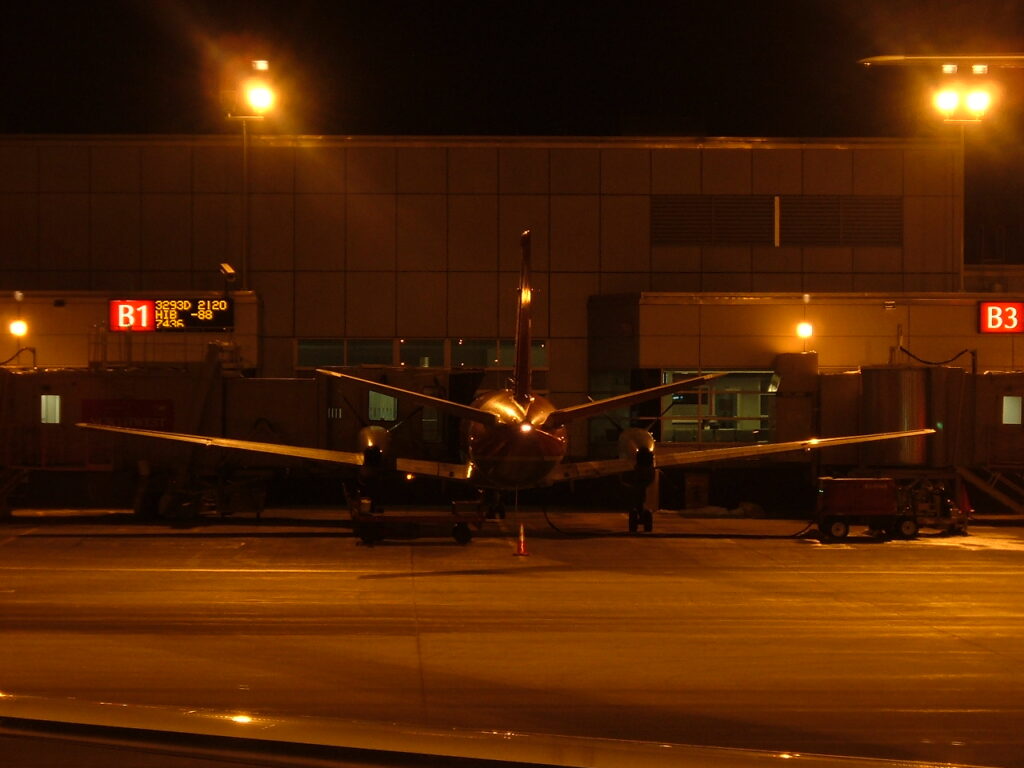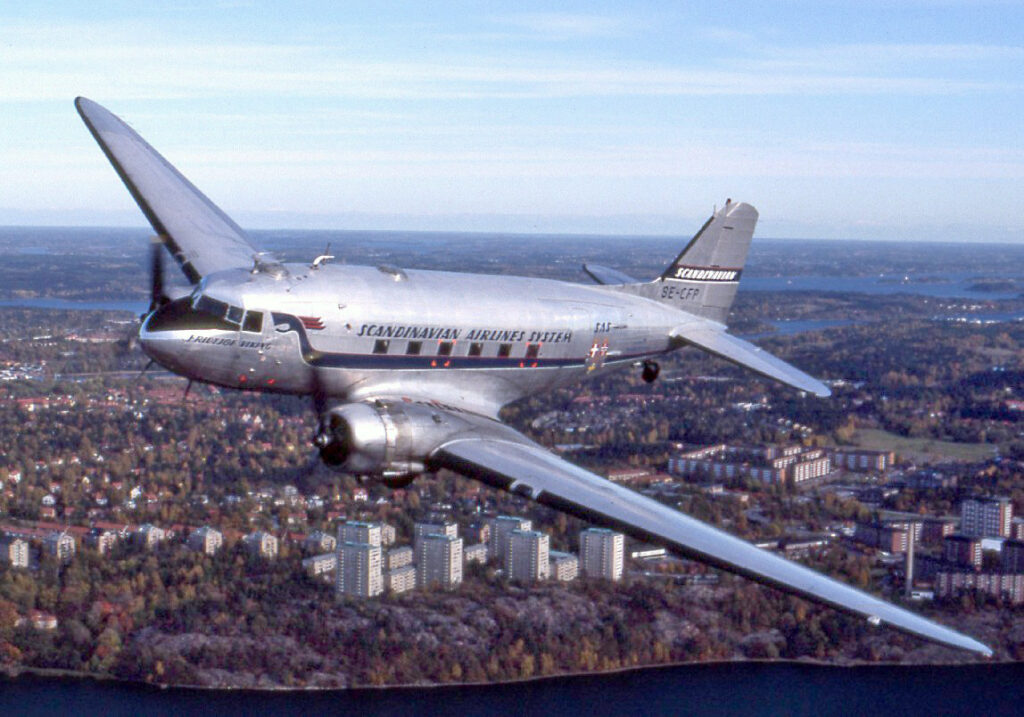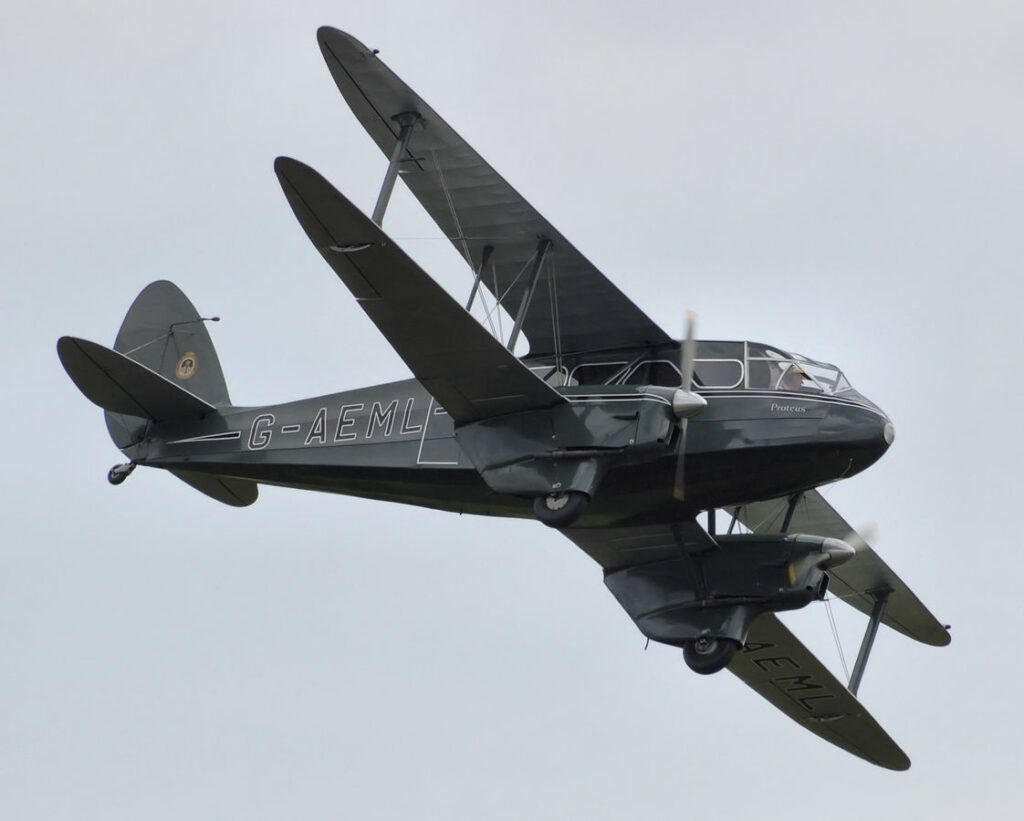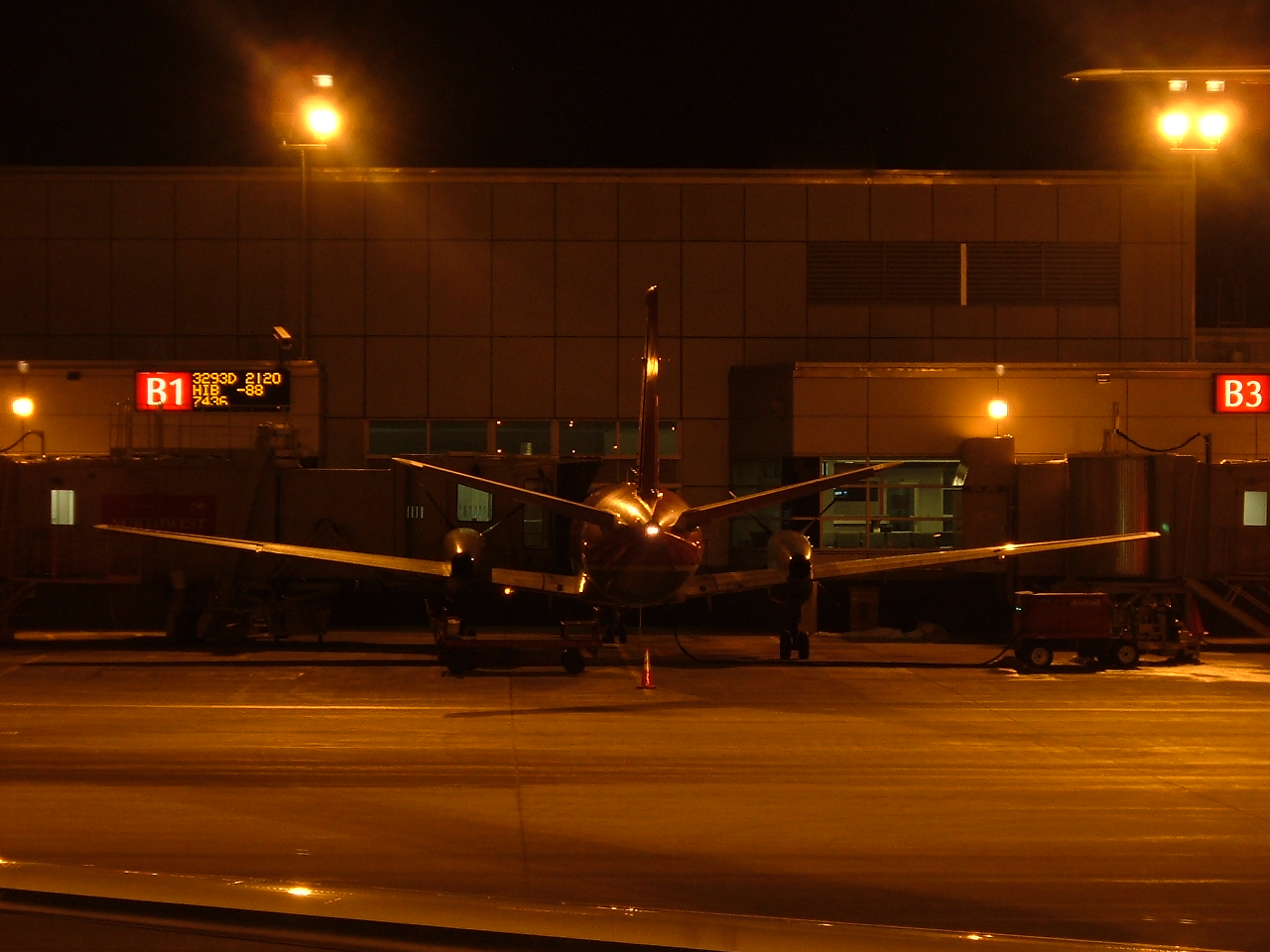Replacement of Regional Prop Flying with Regional Jets
In the early days of powered machined flight for mankind, propeller based propulsion systems were the norm. The limitation of the propeller was the speed and altitude it allowed aircraft to fly, its large diameter rotation zone, the complexities of the the combustion engine, and the feathering propeller systems for later aircraft.

The turbojet engine was developed and made it possible for us to fly faster at higher altitudes. The turboprop jet was used to power the propeller for years for short haul flight to local airports. The turbofan made it possible for us to fly economically on medium-large aircraft. At some point the propellers disappeared from regional passenger flights. We will explore what led to the change in regional flying.
Often the post-war era of flying, previously owned propeller aircraft of larger airlines were transferred to smaller airlines. This worked to some extent, however manufacturers were looking to replace old aircraft types such as the DC-3, and the DH.89 Dragon Rapide/Dominie.
Lets face it, the combination of the combustion engine and propeller was complicated. We had the many moving parts from the ignition system, crankshaft, flywheel, valves, pumps etc. For aircraft that featured the featuring propeller, it had its own system which was fed oil pressure from the engine to the system that changes the pitch of the propeller. In aircraft shops, you would have different shops for overhauling the propeller and for the engine. Often the manufacturer of the propeller was not the engine manufacturer.


Once upon a time, with the available aircraft propulsion technologies, it was more efficient to use turboprop aircraft on short hops. In the beginning of the jet age, turbojet aircraft were used to fly long distances. Yes, they were fuel thirsty engines, however at altitude your engine consumed less air, and fuel as a result of less air density. Additionally, stops were made if necessary for fuel. It was not economical to operate the early jets on short routes. Mainline aircraft such as Boeing 707’s required long runways. During this time if the Douglas DC-6 or Lockheed L-1049 Super Constellation wasn’t relegated to cargo operations, this was the regional equipment of the time period.
Further developments led to the invention of high lift devices and double & triple slotted flaps. These devices increase the surface area of the wing and decrease the stall speed to make it possible to get in and out of the smaller airports. The Boeing 727 was the platform that used these technologies well and made it possible for jet service to airports with smaller runways. Just before the 727’s time, aircraft such as the BAC One-Eleven produced by the British Aircraft Corporation (BAC) made a small dent in the US regional market.
Aircraft such as the Douglas DC-9 and Boeing 737-100/200 series later served these markets and became popular aircraft with many updates later on.

The demand for more economical solutions led to the the production of the feederliners by the mid-1950s. These designs were typically turboprops which had piston engine fuel economy with lower maintenance costs.
Early turboprop powered aircraft such as the Vickers Viscount (introduced in 1953) and the F27 (1958). Smaller turboprop airliners were developed and manufactured in the 1960s such as the British Shorts Skyvan (19 seats, 1963), and French Nord 262 (29 seats, 1964) or Brazilian Embraer EMB 110 Bandeirante (1973).
During the development of jets in the jet age, Lockheed took a “technologically conservative move” by creating the Lockheed L-188 Electra using the turboprop when pure jets were available. The Electra was a great plane, however it seemed late to the market and accidents attributed to an engine-mount issue did not benefit the type. Also at the time, Boeing had a flying jet and Douglas was selling jets off the drawing board. However, the airplane had airfield performance capabilities unmatched by many jet transport aircraft at that time.
When the jet age came to play in the late 50s, the concept was to move a small amount of exhaust really fast to achieve speed (turbojet). Shortly into the 1960s, it was determined that pushing more air, thus increasing the mass and lowering the speed of the propelling jet is more efficient and accomplished by using a ducted fan assembly which became the turbofan. During this period the fans were not as large as what is typically seen these days, but it made a big difference and a good portion of the mainline equipment delivered with turbojets were modified to use the turbofan engine.
During the late 60s, early 70s the High Bypass jet engine was developed to power aircraft such as the Boeing 747, McDonnell Douglas DC-10 and Lockheed L-1011 types. This class of engine was efficient for moving large aircraft at sub-sonic speeds.
By the 70s the 1st generation of regional airliners were beginning to become worn out, however there has been little effort in the production of new designs for this market. Numerous aircraft of the light transport class supplemented the newer more modern 30 seat designs by Shorts with their 330 & 360 as well as other manufacturers, replaced equipment and sometimes provided growth to the established commuter markets.
Additional development for the regional airline market arrived with the development of the De Havilland Canada Dash 7 (Short Take-Off and Landing) in 1978. It was such a specialized market that only a handful of air carriers used the Dash 7. The airlines needed a more economical aircraft and the De Havilland Dash 8 was developed in 1984.

By Steve Fitzgerald – Gallery page <a rel=”nofollow” class=”external free” href=”http://www.airliners.net/photo/Brymon-Airways/De-Havilland-Canada/2141415/L”>http://www.airliners.net/photo/Brymon-Airways/De-Havilland-Canada/2141415/L</a>
Photo <a rel=”nofollow” class=”external free” href=”http://cdn-www.airliners.net/aviation-photos/photos/5/1/4/2141415.jpg”>http://cdn-www.airliners.net/aviation-photos/photos/5/1/4/2141415.jpg</a>, GFDL 1.2, Link
The De Havilland Dash 8 was a more efficient design than the Dash 7 with the advances in technologies and less powerplants an propellers. Its focus was more on economy of flight as opposed to STOL performance. The design would live on to serve feeder markets for years under different owners like De Havilland Canada (1983–1992), Bombardier Aerospace (1992–2019) and De Havilland Canada (2019–present).
The success of the Dash 8 led to the development of other simular designs including the ATR 42/72, Saab 340, Embraer Brasilia and Fokker 50. Consequently, in this sector of the market there were a relatively large number of aircraft offered by manufacturers, pushing older 1950s designs from Fokker, Vickers and such into retirement.
Even though turboprop aircraft may seem quiet from the outside, they are very loud to the passenger. Later designs included noise cancelling technologies to mitigate the noise.
The regional jet (RJ) is a jet-powered aircraft with fewer than 100 seats. The first regional jet created was the Sud-Aviation Caravelle in 1959, followed by the widespread Yakovlev Yak-40, Fokker F-28, and BAe 146. The 1990s included the development and production of the Canadair Regional Jet and its Embraer Regional Jet counterpart, then the larger Embraer E-Jet and multiple competing projects.
The lower rate of fuel burn, which equates to low operating cost, makes regional jets ideal for connecting lower traffic airports to large or medium airports.
The market seemed to demand regional jet service as opposed to turboprop flying. I believe the supply and demand factor made it possible for economic jet service between lower traffic and higher traffic airports. The technology and associated costs made it possible for the high bypass turbofan engine to be shrunk to power a 50 seater. Furthermore, the creation of the geared turbofan engine has made regional jet flying and mainline flying more efficient than aircraft powered with conventional turbofan engines.
